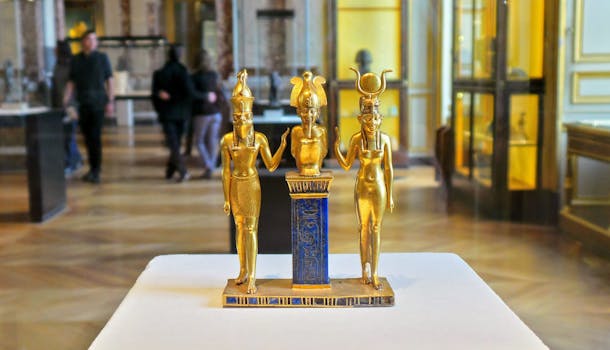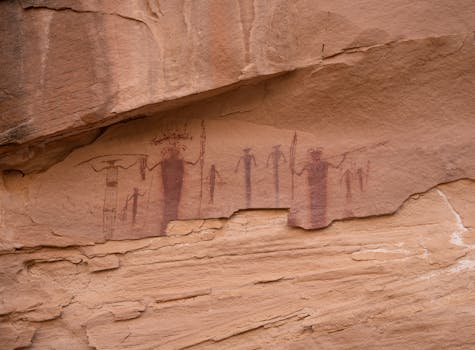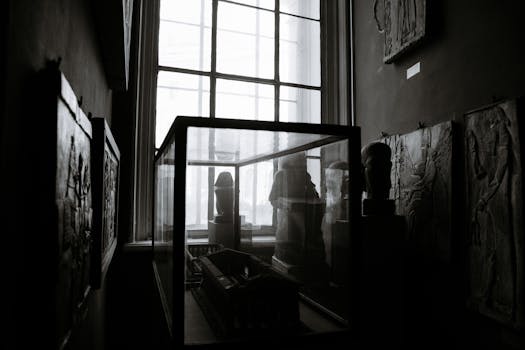Understanding Cultural Heritage

Cultural heritage encompasses the traditions, monuments, objects, and values inherited from past generations. It is crucial for the identity and continuity of communities around the world. From the pyramids of Egypt to the ancient ruins of Greece, these artifacts and sites are more than mere relics; they are a testament to human creativity and historical experience. Their importance is not just artistic but also educative, informing current and future generations about the diverse narratives of humanity.
The Threats Facing Ancient Artifacts

In recent years, cultural heritage has come under threat from various fronts. Armed conflicts, like those in Syria and Iraq, have led to the deliberate destruction of priceless sites and artifacts. Additionally, illegal trafficking of antiquities feeds a black market that exploits these cultural treasures for profit, stripping them of their contextual history. Natural disasters, climate change, and urban development also play significant roles in the deterioration of archaeological sites. Combined, these factors pose an existential risk to our shared heritage.
Grassroots Movements and International Initiatives

The response to this crisis has taken many forms. Local communities often band together to protect their cultural sites, organizing grassroots movements that raise awareness and foster appreciation for their history. Groups like the Syrian Cultural Heritage Hunters have spearheaded efforts to document and preserve artworks and monuments despite overwhelming odds.
On an international scale, organizations like UNESCO play a crucial role in cultural preservation. UNESCO’s World Heritage program helps protect sites that are deemed of outstanding importance to humanity. Furthermore, through cultural conventions, the organization enforces rules against the illegal trafficking of cultural artifacts and mobilizes countries to engage in conservation efforts.
Innovative Technologies in Preservation

As technology evolves, so too does the ability to preserve and protect ancient artifacts. 3D printing and digital archiving have emerged as frontline strategies in conservation. For example, experts use 3D printing to recreate damaged artifacts, allowing for continued access while original pieces undergo restoration. Furthermore, technologies like drones and satellite imagery provide unprecedented access to monitor and document archaeological sites from above, pinpointing areas that require urgent attention due to degradation or illicit construction.
Taking Action: How You Can Help

The responsibility of preserving cultural heritage does not rest solely on governments or organizations. Individual actions can contribute significantly to broader efforts. Educating oneself and others about the value of cultural heritage, supporting local museums, and participating in organizations dedicated to conservation are some of the ways ordinary people can make a difference. Additionally, promoting responsible tourism and advocating for policy changes related to heritage protection can further amplify these efforts. Recognizing the importance of cultural artifacts and standing against their destruction is vital to ensuring that future generations can connect with their history.


